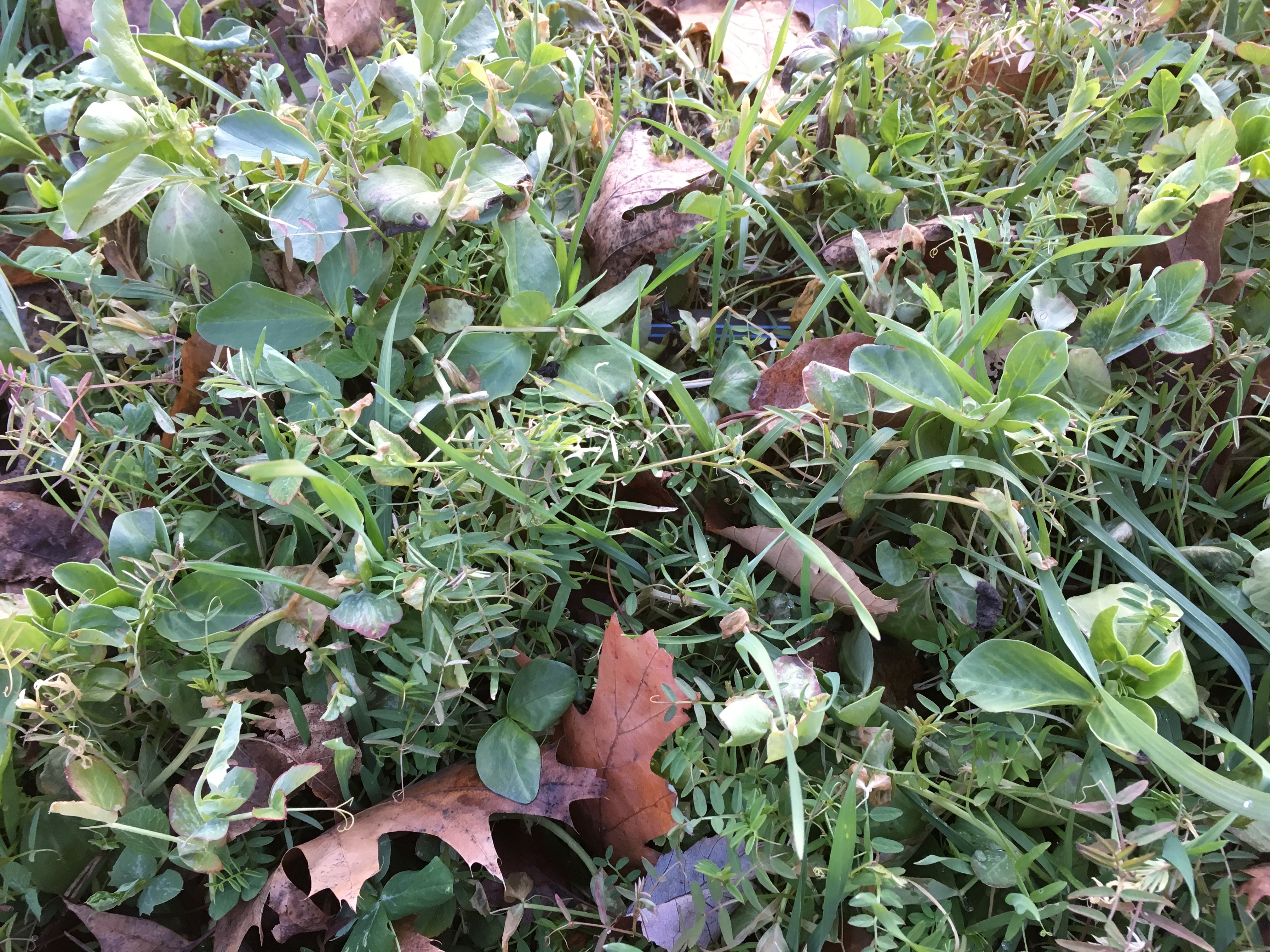
Cover Crops for Flower Farming
Rule #1: Keep the Soil Covered at ALL Times
Rarely in the diverse world of agriculture is there one golden rule and one silver bullet for every single farm. But when it comes to soil health and long-term farm sustainability, there is: never leave the ground bare and exposed. Without something covering it, soil is at risk of erosion and the vast cosmos of life that inhabit the soil experience high mortality from exposure and lack of food. Fertility takes a huge hit when ground is left bare, particularly with continuous mechanical tillage. American and Canadian farmers learned this lesson the hard way back in the 1930s when the Dust Bowl devastated the Midwestern plains and brought North American agriculture to its knees.
In 2014, scientists working with the United Nations estimated that if the world population continued to increase at the same rate while soil degradation also continued unchecked (the biggest culprits being large-scale conventional agriculture and deforestation), we only had 60 harvests left on this planet. While the exact science behind that calculation has been frequently debated since, the statement was nonetheless a stark wake-up call that has spurred a greater awareness that soil conservation – particularly in farming – is critical. Even small farms have a big role to play in making sure our topsoils don’t blow away and as much carbon as possible is being sunk back into the earth instead of going into our atmosphere.
The best way to put armor on your soil and boost a farm’s long-term fertility through carbon sequestering is to keep living roots in the soil at all times. The roots of plants help hold the soil in place when harsh wind and rain come knocking while also feeding myriad lifeforms in the soil with their exudates. In turn, the living community in the soil – consisting of microbes and macro beings like earthworms and beetles – eat and poop and decay, all of which feeds the plants in return. When there are no living roots in the soil, this generous cycle of give-and-take is broken. In surprisingly short order, soil degrades, aggregates break down, compaction builds up, run off increases, and ultimately fertility plummets. Oh, and a lot of carbon goes “poof” up into the atmosphere.
As farmers, we cannot always manage to keep a productive cash crop going in every bit of the earth we steward. The colder months are particularly challenging. This is where cover crops come into the equation of soil health and fertility. Cold-hardy species like rye, triticale and barley will provide a living blanket for the soil through the winter. In the warmer months, a farmer may choose to let a piece of the field rest for a little while. In this instance, buckwheat, cow peas, and sorghum can be excellent green manures that feed soil life with root exudates during growth and then biomass for a longer-term deposit in the organic matter bank when they get mowed down.

Quick vocabulary breakdown:
* Cash crop – a crop the farm is growing with the intention of selling the harvest.
* Cover crop – a crop the farm is growing to cover and protect the soil in the off-season.
* Green manure – a crop the farm is choosing to grow instead of a cash crop, typically to increase fertility or address a situational challenge.
There are several considerations a farmer typically takes into account when choosing what exactly to grow in terms of cover crops or green manures. It can be daunting to sort this all out on your own. Much has been written on cover cropping for large farms with big equipment and forage needs. But few, if any, guides on cover crops for flower farming exist.
When I am choosing cover crops for flower farming here at my small-scale flower farm, I focus on the following three considerations:
1) Window for Sowing/Growing
2) Termination Method
3) What Does the Soil Need
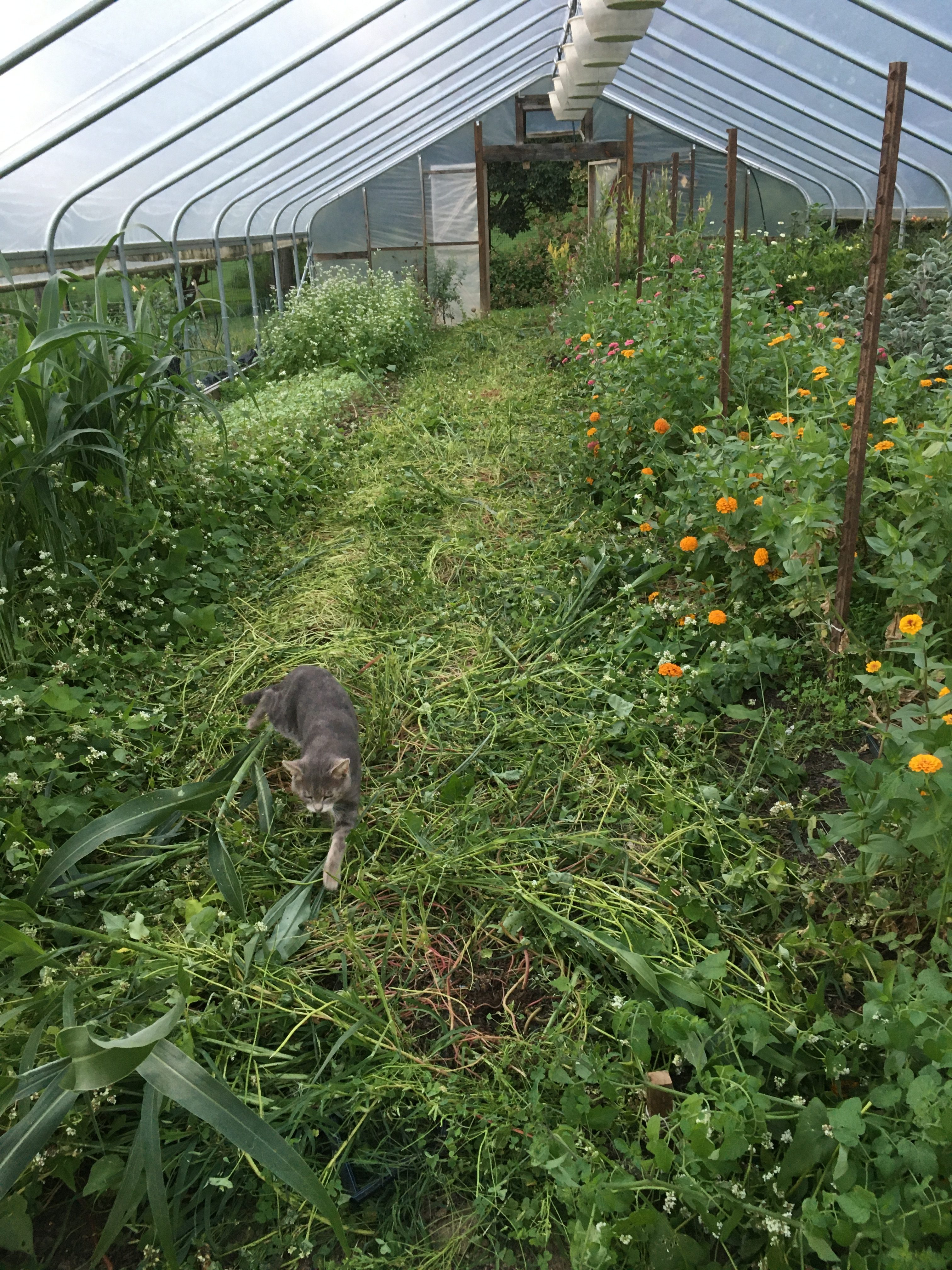
Window of Sowing/Growing
Cover crops and green manures are always direct seeded. As such, the soil’s temperature at the time you plan on sowing the seed is critical to successful germination. Some types of crops do well germinating in cooler soils. Some seeds would simply rot away in the same conditions. This handy chart can help you quickly narrow down what is a “cool season” and what is a “warm season” crop.
Additionally, how long do you have before you want something else to grow in that same spot? Cover crops growing over the winter are easy to schedule. But if you’re plugging in green manures to your summer planting schedule, you will need to carefully consider how long a given crop needs to do its thing. For this reason, buckwheat is a big favorite around Love ‘n Fresh Flowers; it loves our hot humid summers and it reaches its peak biomass in just 30-40 days!
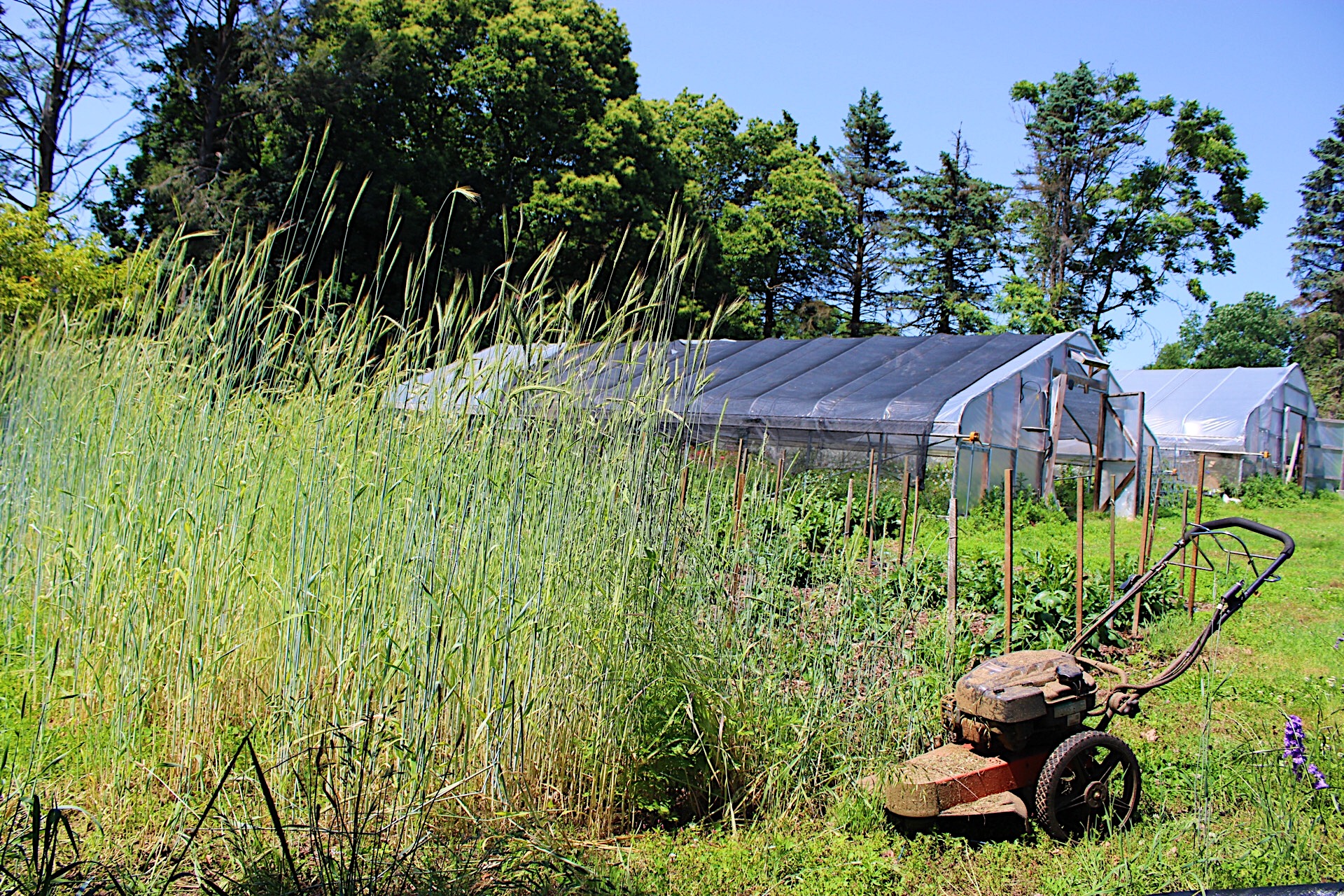
Termination Method
Coupled with when to sow and how long it takes to grow is determining how the cover crop or green manure will be “terminated”. Essentially, how are you going to kill this stuff so you can go back to growing a cash crop? If you’ve got a tractor and a flail mower, you can handle just about any cover crop. But many flower farms are smaller, with a bed layout that is not conducive to bringing a tractor into the middle of the field at the height of summer. In this case, you’ll want to use tarps and/or a smaller piece of equipment like a push mower or string trimmer.
The following steps are used at Love ‘n Fresh Flowers to terminate a cover crop or green manure:
1) Tall, dense crops like winter rye are first knocked down with a string trimmer. If the crop is not very tall or dense, then we skip this step.
2) Tender crops like buckwheat and the tougher crops that were already trimmed down get mowed super low with a mulching push mower.
3) Depending on the size of the space/bed, landscape fabric or tarps are placed over the area that was cover cropped and left in place for about 10-15 days, depending on the weather and our planting schedule. This excludes light and weakens the cover crop. You could leave the tarps in place longer if desired. I choose to take it off as soon as feasible so we can get the bed replanted with new living roots to keep feeding the soil community and to keep the farm as profitable as possible.
4) Prep the bed for planting. See how here.
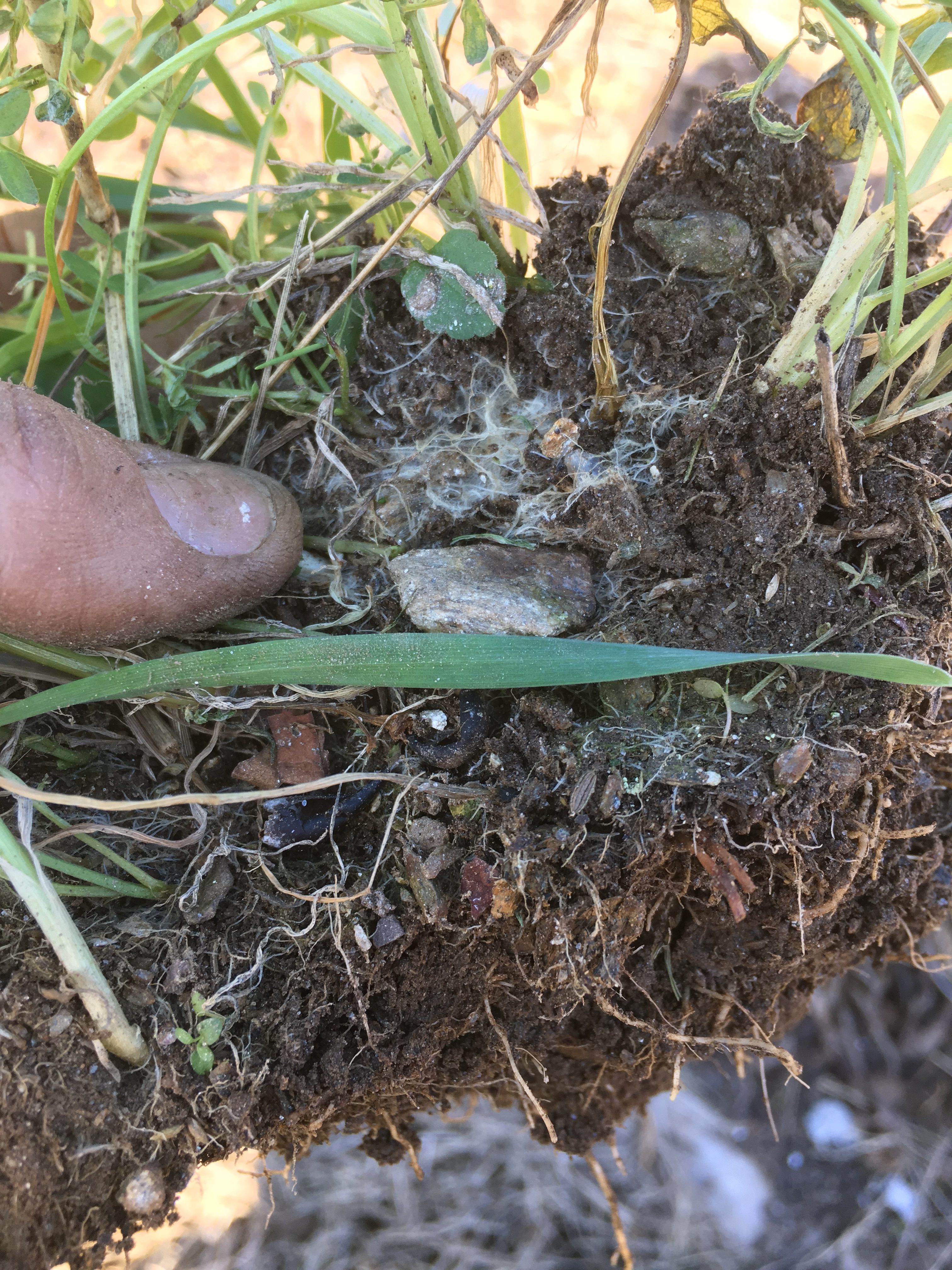
What Does the Soil Need
The third major consideration when choosing cover crops for flower farming is what exactly are you trying to accomplish. What does your soil need? If you have sandy soil and struggle with getting your organic matter (OM) percentage up, you’ll want to choose a crop that is known for its biomass. If you have compacted clay soil and struggle with drainage, you’ll want to choose a crop that is known for having a large and fibrous root system. If you want to capture nitrogen naturally, you’ll choose a legume crop that can form nitrogen-gathering nodules on its roots. If you want to combat a fungal disease or pest build up, you’ll want to choose a crop known for disease suppression or beneficial insect habitat. Each farm’s needs will be unique so this part will require a little research on your behalf. SARE and many agriculture seed retailers provide excellent reference materials for which cover crop solves which problem.
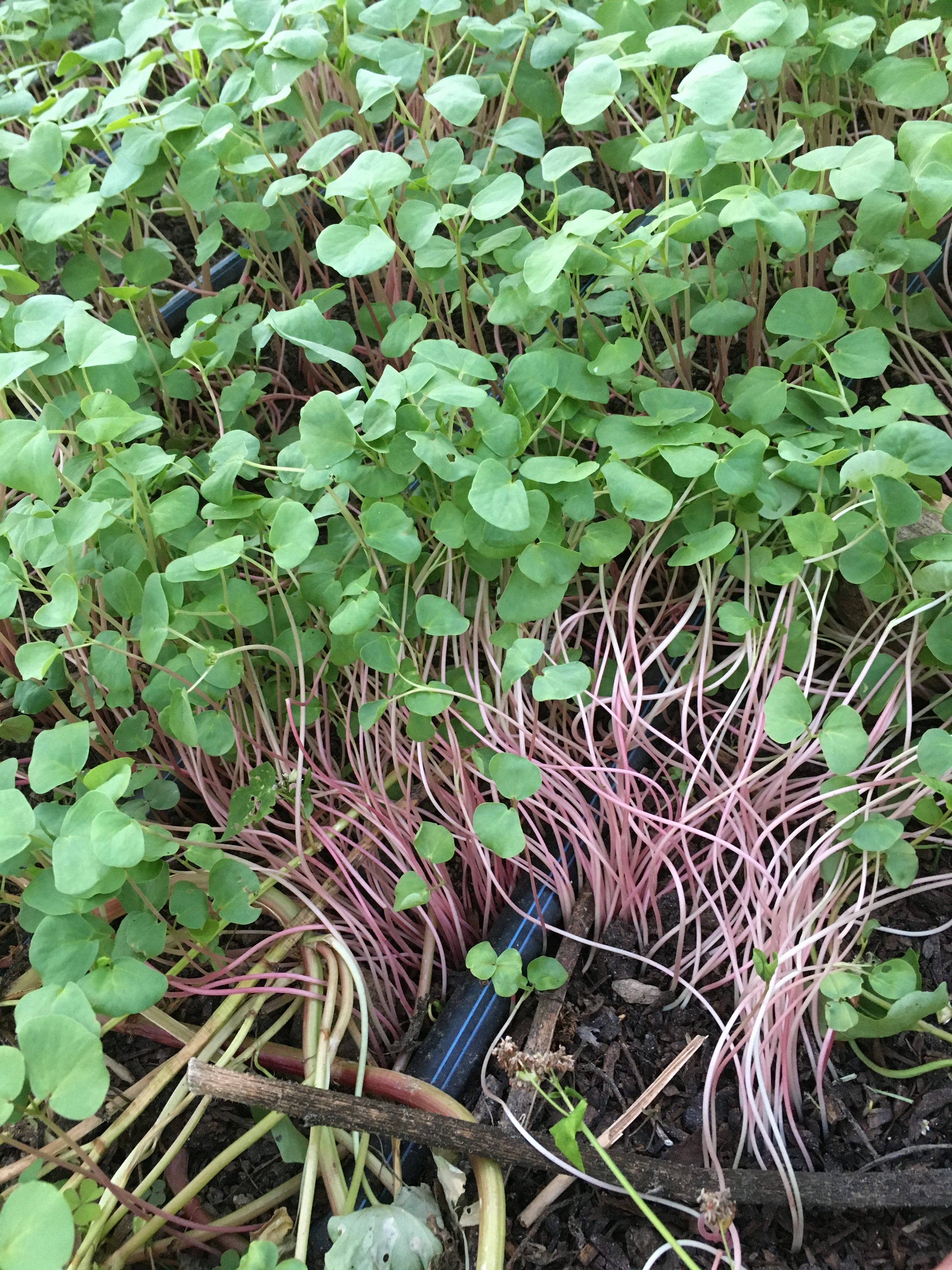
My Favorite Cover Crops for Flower Farming
At my farm, I have settled on the following favorite cover crops for flowers farming. Use this list as a jumping off point to get started. But I encourage you to explore the great diversity that is out there in the world of cover crops/green manures to dial in your own mixes for optimum soil health and farm fertility.
Some quick data on my farm: Zone 7, clay-loam, OM generally above 10%
Cool Season Cover Crops
Winter Rye: excellent for loosening clay soils, encouraging mycorrhizae, great biomass
Barley: great biomass, super cold hardy, you can cut it for bouquets
Triticale: soil life loves this stuff, excellent root system, very cold hardy
Vetch: fixes nitrogen, good biomass, good companion for the three above
Tillage/Daikon Radish: bust up compacted soil, improved drainage, quick to grow
Phacelia: good biomass, weed suppression in spring, attractive to beneficial insects, you can cut it for bouquets
Bell Beans: fixes nitrogen, good biomass, nice in a mix of some of the above, germinates well in cold soil
Mustard: fight soil-borne diseases, let flower in the spring to cut it for bouquet
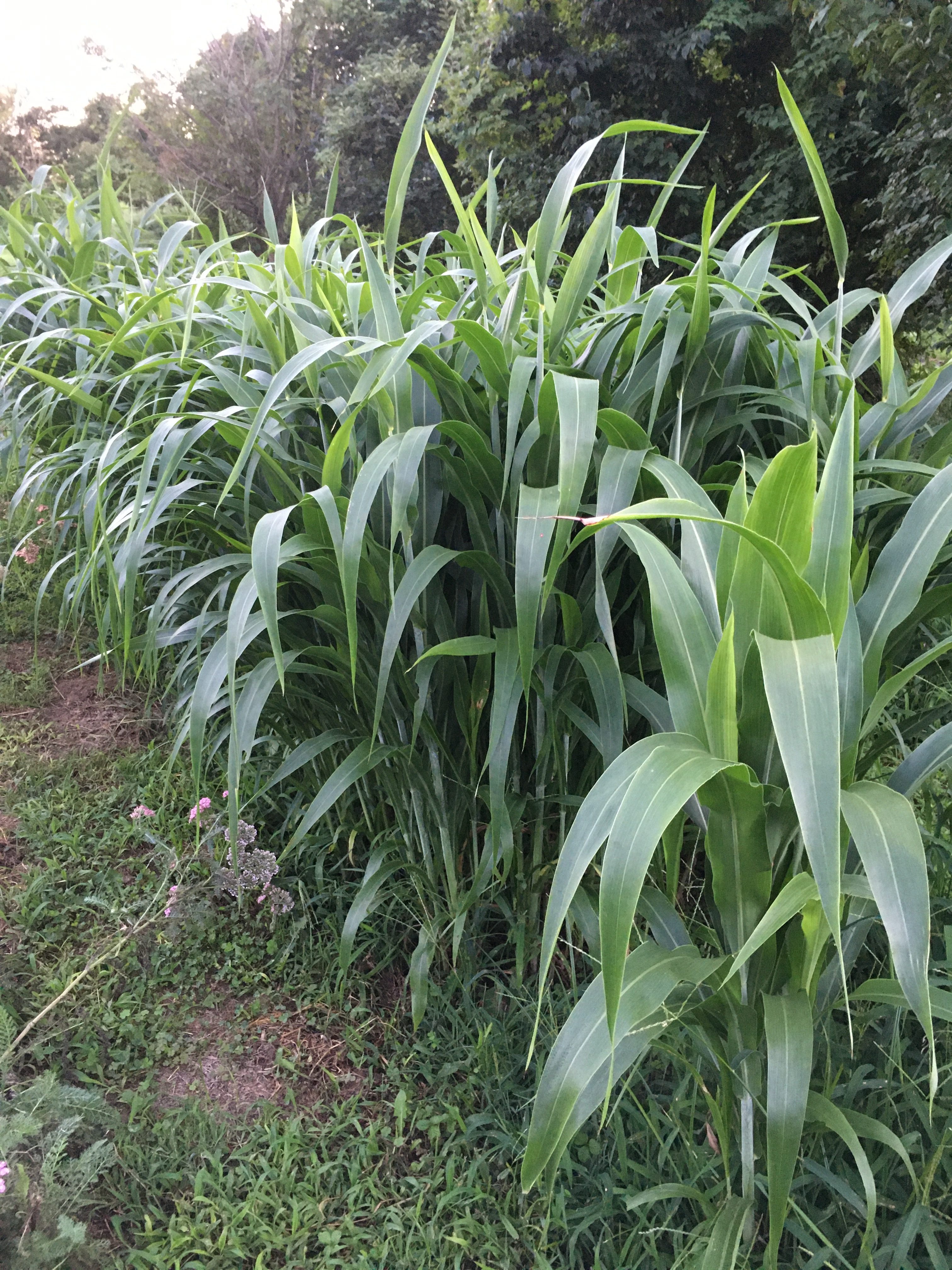
Warm Season Green Manures/Cover Crops
Buckwheat: so fast to grow, great for beneficial insects, breaks down really quickly for more rapid bed flip
Cow Peas: good biomass, good weed suppression, fixes nitrogen, loosens clay soils
Dwarf Sorghum: phenomenal biomass, excellent weed suppression, you can cut it for bouquets
Did you notice there are four in the list above of cover crops for flower farming that can do double duty as a cut as well? Great if your farm is small!
Sources for Cover Crop Seeds
I have used three suppliers for cover crop seed at my farm. Deer Creek Seed, Kings AgriSeeds, and Peaceful Valley. There are many seed suppliers out there. I would encourage you to shop around for the best pricing by the pound but also carefully consider shipping rates. Purchasing closer to home – especially if you can pick it up – will help cut down on costs considerably.
Hopefully this article leaves you feeling empowered to tackle building soil health and fertility using cover crops for flower farming. Nothing is quite so rewarding as to look out over a swath of green and lush cover crop, knowing it is doing so much good for your farm!
For more discussion on soils and sustainability in flower farming, be sure to follow @notillflowers on Instagram and review more articles here on the blog.

cover crops for flower farming
cover crops for flower farming
cover crops for flower farming
cover crops for flower farming
cover crops for flower farming
cover crops for flower farming

So what do you do before you direct seed your cover crop? Are you removing the residue from your cash crop? And when relative to your first frost date do you have to get your winter cover crop in? Thank you for the wealth of information!
I just discovered you, and am beyond inspired! So, say I am starting a new field this spring. Zone 5b/6a, May 10ish is last frost. When is the earliest I can plant a green manure, and what’s the shortest time to let it grow before I get ready for bed prep? I ordered cardboard, have access to great compost. Thanks for sharing your wisdom!
Thank you for all the great information, especially the charts of seed types. We just experienced something very unusual for south Texas – natural kill of winter cover crops. The freeze last week took them out. I wasn’t ready to take them out yet, but 12 degrees knocked them on their knees.
I cut the buckwheat for bouquets too. If you get it when just a few flowers are open and cut directly into a bucket of water it will last a long time. It has bailed me out many times when I might just have a ton of zinnias and statice. I find it gives a wild look to the bouquet.
I have seen that Baker Creek has some pink or red buckwheat that I might try. I think I need to keep it separate so I could save seed. It is definitely bee pollinated. Worth checking out.
Hi Jennie, I’m hoping to help control wireworms in my dahlia beds, especially since I plan to overwinter them using your technique. I read that buckwheat and mustard are helpful in reducing their populations. Do you think interplanting buckwheat in the summer and mustard early in the spring when I first pull the tarps off could work? The only issue I see is that maybe the buckwheat could get too tall and I may need to watch the mustard to make sure it doesn’t shade out the new dahlias. At first I thought radish could be a good option but it seems that wireworms like them too so maybe I would be encouraging them to stick around? I also plan to introduce beneficial nematodes. Do you have experience with wireworms?
I’m afraid I have zero experience with wireworms so I’m not of much help this time. I think trying an intercrop would be fine though. The mustard seems the most promising as it will germinate in cooler spring soils (buckwheat will not) and the overwintered dahlias will be super vigorous and have no trouble springing up through the mustard. The buckwheat probably will get shaded out by the dahlias as they’ll be pretty big before the soil is warm enough for the buckwheat to germinate. Report back if you have any luck so other readers can find out what you did. 🙂
Thank you Jennie! I went to a talk about wireworm control by our local extension office and it wasn’t super hopeful. Crop rotation, tilling early and late summer and avoiding long term grass areas were the top recommendations. They did mention trap crops of wheat being partially effective. They soaked 1 cup of wheat in panty hose for 24 hours, buried it in rows 6″ deep and dug it up a week later. I might try burying potatoes as a trap crop also but there didn’t seem to be much evidence to support this method. I’m a little concerned that planting mustard while the dahlias are in the ground could actually drive the wireworm toward the tubers more but I have no idea if that’s true. I’m hoping that the over wintered dahlias are vigorous enough to withstand some damage. I’m committed to my living walkways and leaving my soil as undisturbed as possible so I’ll experiment as needed. We’ll see in the spring!
Try the nematodes! They work very well for wire worms although shipping’s pricey. U have to pay for overnight bc they’re sensitive to temps. You’ll see a huge difference ! Especially if u use them more than once. They’re part of my gardening routine now. I can’t live w/o them! I purchase mine from arbico organics. I trust the company & am always happy w/their products. I’m in fla, insect & disease pressure’s really high here bc of heavy summer rains, high heat & higher humidity. We have “sugar sand” (as we call it) it’s loaded w/root knot nematodes, wire worms & all types of grubs. It’s a nightmare w/o good soil practices. Once I started using Arbico’s triple threat beneficial nematodes. I noticed a huge difference in soil pests & pests in general. It took a couple weeks to tell the difference but its really good stuff ! 🙂 🙂
Hi Jennie
Thanks for this really interesting post.
. After reading it the other day I called a local cover crop seed supplier. They had a few things to say to my request of a rye,vetch, triticale and clover mix. First was that the rye needed around 6 weeks of tarping otherwise it could become a nuisance and that both the rye and vetch could have an allopathic effect on the next crop.
Obviously when using cover crops in ways they aren’t taught about they are going to have concerns but I wondered if you had any input in regards to these statements.
Best wishes
Christina
I’ve personally used rye and vetch extensively at my own farm for several years. I’ve never had any trouble with them being allopathic on the crops that follow, but I do only use transplants in the spring rather than direct seeding. So perhaps they might hinder direct seeded crops. As for 6 weeks of tarping, I think that timetable will vary greatly on the weather. If it is warm, then the rye will break down much faster. If it is cool, then it will take longer. In my own context here in Philadelphia, we get quite warm and sunny early in the spring so usually I only need to tarp rye for 2-3 weeks before it’s totally dead and the bed is ready to be planted. But if you have cool
cloudy springs, you may need to tarp for 6 weeks. Every farm is unique in its own context so you’ll ultimately have to do some experimenting to see what works best for your own farm.
Hi Jennie
I have some questions as we move into fall and close out the beds, and I think you may have touched on it but I want to make sure I do this right! I have a very small urban farm and I think I am too late for cover cropping where I live. This may not be as beneficial as using cover crop but hoping it will still really help to build the soil.
1. For my existing beds where there are summer annuals finishing up, could I chop them to soil level, leave the roots in (or pull out?) , use some of the foliage/stems from the debris of the flowers to spread out over the bed and then mulch with straw and or mulched leaves over the winter? Should I tarp this too or will the mulch be enough and should the debris breakdown by next spring to plant into? Should I add compost at all over the plant debris? (plants in these beds are celosia, ammi, lissies, scabiosa, globe amaranth, snapdragons, strawflowers)
2. I have started a new raised bed over a grass lawn using a wooden box. For all my beds I have done in the past I have used the no till method of laying cardboard over the sod, adding compost, adding triple mix to bring the soil level up to top of bed and then adding more compost and leaves for winter protection then plant into it in spring. It’s worked great! But after reading this, I’m wondering can I forget about the triple mix and just add enough plant debris as above to create the bed? I have so much fresh green plant material that I can’t even compost it all. I guess what I’m suggesting is to actually build a lasagna composter right in the bed! Any help appreciated!!
Hi Jennie, thank you for the great info. Can you give a brief cliff notes on Phacelia, like how cold/heat tolerant it is and when you plant it in spring or fall? I’ve been wanting to try it but have had a hard time finding information that speaks to the east coast rather than California.
Hey Jonathan – My experience with pahcelia is still somewhat limited. I’ve only grown it for two seasons, but here’s what I’ve observed so far. It loves cool weather and doesn’t like heat. So think of it as a “cool flower”. It did great out in the field fall sown and grew vigorously until we went down into the single digits, at which point it winter-killed. The plant debris is providing great cover for the soil still, but we won’t have the benefits of flowers in the spring from the fall sowing. When sown in early spring (for me here in Philly, that was early March), it germinated and grew to flower in pretty short time (about 6-7 weeks). You may be able to treat it as an overwintering cover crop there as you may be a good bit warmer in the winter than my farm (I’m zone 7 but with pretty extreme winter temps that go to 0F at least a few times a winter). Hope that helps!
I’m feeling pretty despondent here. I’ve had a few goes at cover crops…a wide variety, including peas, oats, vetch, radishes, turnips, buckwheat, and more. They look lovely but then they die down and the next season, the “weeds,” (where I am, that’s largely goldenrod, blackberries, wild garlic, sumac, and black walnut, and more) take over. I take a no-till approach and at this point, going into late summer, I’m at an impasse. Half of me thinks I could try covering with cardboard, let it die down over winter, and seed intensely in the spring, but another part thinks I should weedwhack it down, let it die back for a week or so, and then seed again. What am I missing here??